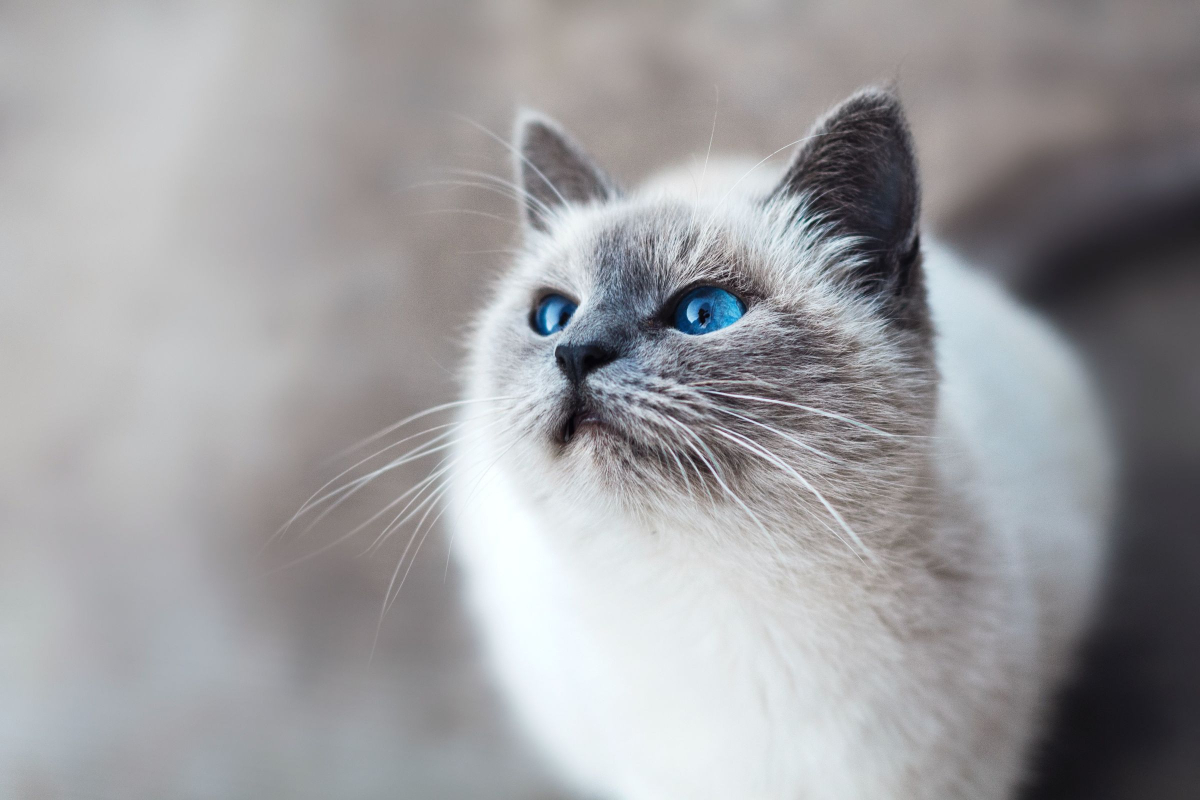Why O MeoWhy Must We Go to the Vet
At MGVC, we are committed to health care for all cats, even though kitties like to fool their owners into thinking that they are “purrfectly” healthy and to use their innate phobic behaviors to discourage their owners from making vet visits! We strive to inform owners about the “Why’s?” of regular check-ups and the “How to’s” of decreasing the stress of those vet visits!
“ My cat looks healthy to me—why should she go to the doctor?” Or “She’s just slowing down a bit—I guess she’s getting older, no need to see the vet”. Well, hopefully she IS healthy, however:
- the physical exam done at routine check-ups helps to determine what is normal for your cat and allows the attending vet to become familiar with her, making it easier to pick up on abnormalities later on. Screening tests that may be done at regular check-up time are also very helpful in catching problems early, while they are more treatable
- cats age faster than we do. Your cat’s annual exam is the equivalent of you going to the doctor only once every 4 to 5 years, which may be acceptable when you are young and healthy, but becomes more important when you get older.
- cats are masters at hiding problems and illness until it is critical or so far advanced that treatment becomes more difficult and expensive. Some examples of insidious issues that may not be noticed at home include pain, high blood pressure, thyroid problems, diabetes, dental disease.
So remember your fabulous feline friends need health care too, and we are here to help provide it!
“Me-How Can It Be Easier?”
Regarding the dreaded, anxiety-inducing vet visit, there are many ways to decrease the stress for both patient and owner! Some tips include:
- withhold food for several hours before the car ride to help decrease motion sickness
- take your cat’s favorite treats with you to the appointment to be used as rewards/distraction
- invest in a carrier that is easy to take apart/put back together
- leave the carrier out all the time, so kitty is accustomed to it. Tie or otherwise secure the door in the open position, so kitty does not accidentally lock herself in. Place a soft blanket inside, give treats or catnip in the carrier, or even feed all her meals in there. Consider sitting it up on a stable shelf or table, because cats like to be up high. Make it a happy place! (see “how to Habituate Your Cat to a Carrier” article)
- spray or wipe the carrier periodically, and especially 30 minutes before travel, with the synthetic pheromone “Feliway”. This mimics the scents that are calming and comforting to cats.
- leave plenty of time before the vet visit for kitty to enter carrier by herself, then close the door. If she does not cooperate, take the lid off and place her in the bottom, then put lid back on. This eliminates the struggle of pushing her through the door. Make sure the carrier is put back together securely!
- support the carrier with both arms, rather than carrying by the handle, which is very unstable and bounces kitty around more.
- secure the carrier in the car so that it doesn’t roll around if you turn a corner, etc.
- drive nicely!
- play soft classical music, which has been found to have a calming effect on cats.
- ask your vet about pre-medication to alleviate the cat’s anxiety
- calm your own anxieties: cats can sense your emotions and react similarly
- if the waiting room is full, very noisy or otherwise uninviting for kitty, consider waiting in the car until a room is ready for you (weather permitting). Ask the receptionist to call you or come get you when a room is available.
- once you and kitty are in the clinic, Feliway sprayed towels will be available to cover the carrier, if you have not already done so at home, otherwise cover the carrier with a coat or towels to help block the view of scary things and muffle noises.
- in the exam room, kitty will be allowed to acclimate to the new surroundings and ease into her check-up, which will be as gentle and thorough as possible.
- avoid clutching your cat, talking in a loud voice, staring into her face or disturbing/invading her personal space. Human “shhhh” sounds intended to soothe actually mimic another cat hissing and should be avoided. Physical correction, such as tapping her head and verbal reprimands should be avoided.
- if she needs extra soothing, medications will be offered to help her through it.
- every effort will be made to minimize scary noises, offensive odors and aggressive handling to help kitty have as pleasant an experience as one can have at the doctor!

